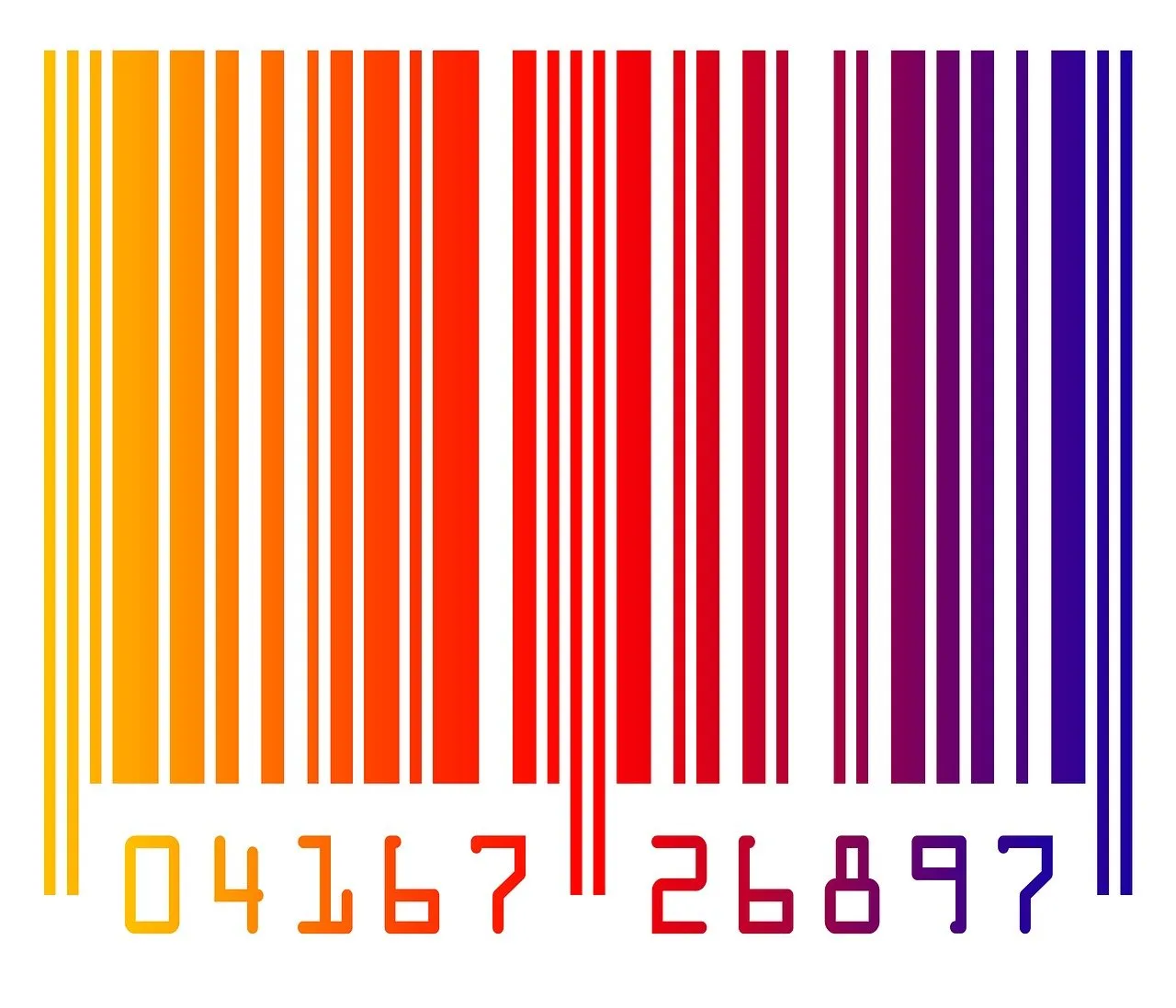Str::orderedUuid()は先頭の48ビットでタイムスタンプで表しているため、順序が保証されるらしい。
はじめに
Laravelのmigrationsでテーブルを作成する際は、 $table->id() としてidカラムがPKになることが多いかと思いですが、AUTO_INCREMENTだと都合が悪い場合もあります。その代替としては、GUIDをPKとする方法が一般的かと思われます。
ただし、アプリケーションでランダムに作成されたGUIDはそれ単体では連続性が保証されないので、
INSERTのオーバーヘッドが増加する可能性があります。
Laravelでは Str::orderedUuid() というメソッドでtime-orderedなUUID(version 4)を生成することが出来ます。
これを利用してorderedなUUIDをPKにすることで、INSERT時のデメリットを解消出来るということなのですが、
- そもそもUUIDなのにtime-orderedってどういうことなのか?
- どのようにtime-orderedを実現しているのか?
というところが気になったのでソースを深ぼって見ました。
Str::orderedUuid
とりあえず Str:orderedUuid の中身を見てみる。
/**
* Generate a time-ordered UUID (version 4).
*
* @return \Ramsey\Uuid\UuidInterface
*/
public static function orderedUuid()
{
if (static::$uuidFactory) {
return call_user_func(static::$uuidFactory);
}
$factory = new UuidFactory;
$factory->setRandomGenerator(new CombGenerator(
$factory->getRandomGenerator(),
$factory->getNumberConverter()
));
$factory->setCodec(new TimestampFirstCombCodec(
$factory->getUuidBuilder()
));
return $factory->uuid4();
}RandomGeneratorにCombGeneratorを、CodecにTimestampFirstCombCodecを指定し、UuidFactory::uuid4 を呼び出しています。RandomGeneratorとCodecがどのように使われているかは後述するとして、UuidFactory::uuid4 の中身を見てみます。
public function uuid4(): UuidInterface
{
$bytes = $this->randomGenerator->generate(16);
return $this->uuidFromBytesAndVersion($bytes, 4);
}ここで先程指定したRandomGeneratorのgenerateを呼び出しています。そこで生成されたバイト文字列とバージョンを示す4を引数として uuidFromBytesAndVersion を呼び出しています。
/**
* Returns an RFC 4122 variant Uuid, created from the provided bytes and version
*
* @param string $bytes The byte string to convert to a UUID
* @param int $version The RFC 4122 version to apply to the UUID
*
* @return UuidInterface An instance of UuidInterface, created from the
* byte string and version
*
* @psalm-pure
*/
private function uuidFromBytesAndVersion(string $bytes, int $version): UuidInterface
{
/** @var array $unpackedTime */
$unpackedTime = unpack('n*', substr($bytes, 6, 2));
$timeHi = (int) $unpackedTime[1];
$timeHiAndVersion = pack('n*', BinaryUtils::applyVersion($timeHi, $version));
/** @var array $unpackedClockSeq */
$unpackedClockSeq = unpack('n*', substr($bytes, 8, 2));
$clockSeqHi = (int) $unpackedClockSeq[1];
$clockSeqHiAndReserved = pack('n*', BinaryUtils::applyVariant($clockSeqHi));
$bytes = substr_replace($bytes, $timeHiAndVersion, 6, 2);
$bytes = substr_replace($bytes, $clockSeqHiAndReserved, 8, 2);
if ($this->isDefaultFeatureSet) {
return LazyUuidFromString::fromBytes($bytes);
}
return $this->uuid($bytes);
}uuidFromBytesAndVersion では引き渡されたバイト文字列のうち、versionとvariantを示す桁を置換しています。最後にそのバイト文字列からUuidクラスをnewして返却しています。
要するに Str:orderedUuid では、「RandomGeneratorで生成されたバイト文字列からUuidを生成している」ということのようです。
CombGenerator
CombGeneratorは COMB と呼ばれる連続性を持ったGUIDを生成します。
当該クラスのPhpDocに生成方法についての記述があります。
/**
* CombGenerator generates COMBs (combined UUID/timestamp)
*
* The CombGenerator, when used with the StringCodec (and, by proxy, the
* TimestampLastCombCodec) or the TimestampFirstCombCodec, combines the current
* timestamp with a UUID (hence the name "COMB"). The timestamp either appears
* as the first or last 48 bits of the COMB, depending on the codec used.
*
* By default, COMBs will have the timestamp set as the last 48 bits of the
* identifier.
* (略)
*/DeepL翻訳にそのまま突っ込んだのが以下。
CombGenerator は StringCodec (そして、その代理として
TimestampLastCombCodec) または TimestampFirstCombCodec と共に使われる場合、CombGenerator は現在のタイムスタンプをUUIDと結合します。
タイムスタンプとUUIDを組み合わせます(”COMB “という名前に由来します)。タイムスタンプは
タイムスタンプは、使用するコーデックに応じて、COMBの最初または最後の48ビットとして表示されます。
デフォルトでは、COMBはタイムスタンプを識別子の最後の48ビットとして設定されます。
CombGeneratorがやっていることは、COMBと呼ばれるUUIDとtimestampを組み合わせた (combined) バイト文字列を生成するところまでで、timestampの48ビットをどこに割り当てるかはCodecによりけり、ということが窺えます。以下はその処理を司るメソッドです。
/**
* @throws InvalidArgumentException if $length is not a positive integer
* greater than or equal to CombGenerator::TIMESTAMP_BYTES
*
* @inheritDoc
*/
public function generate(int $length): string
{
if ($length < self::TIMESTAMP_BYTES) {
throw new InvalidArgumentException(
'Length must be a positive integer greater than or equal to ' . self::TIMESTAMP_BYTES
);
}
$hash = '';
if (self::TIMESTAMP_BYTES > 0 && $length > self::TIMESTAMP_BYTES) {
$hash = $this->randomGenerator->generate($length - self::TIMESTAMP_BYTES);
}
$lsbTime = str_pad(
$this->converter->toHex($this->timestamp()),
self::TIMESTAMP_BYTES * 2,
'0',
STR_PAD_LEFT
);
return (string) hex2bin(
str_pad(
bin2hex($hash),
$length - self::TIMESTAMP_BYTES,
'0'
)
. $lsbTime
);
}大まかには、以下の流れで処理されていきます。
- 生成する文字列からTIMESTAMP_BYTESの桁数を除いた桁数の文字列を生成する
- 現在のtimestampを16進表記に置き換えた文字列を生成する
- 1の文字列の末尾に2を結合する
TimestampFirstCombCodec
生成したUuidクラスを文字列に変換する際にCodecによるencodeが呼び出されます。
/**
* @psalm-return non-empty-string
*/
public function toString(): string
{
return $this->codec->encode($this);
}ここに来てようやく TimestampFirstCombCodec が使われるのです。
encodeの処理自体は比較的シンプルで、
- CombGeneratorで生成したバイト文字列の末尾から48ビット(timestamp)と先頭の48ビットを入れ替える
- UUIDのフォーマットに合わせて桁を区切り、 “-” でつなげる
というものになっています。
/**
* @psalm-return non-empty-string
* @psalm-suppress MoreSpecificReturnType we know that the retrieved `string` is never empty
* @psalm-suppress LessSpecificReturnStatement we know that the retrieved `string` is never empty
*/
public function encode(UuidInterface $uuid): string
{
$bytes = $this->swapBytes($uuid->getFields()->getBytes());
return sprintf(
'%08s-%04s-%04s-%04s-%012s',
bin2hex(substr($bytes, 0, 4)),
bin2hex(substr($bytes, 4, 2)),
bin2hex(substr($bytes, 6, 2)),
bin2hex(substr($bytes, 8, 2)),
bin2hex(substr($bytes, 10))
);
}
/**
* Swaps bytes according to the timestamp-first COMB rules
*/
private function swapBytes(string $bytes): string
{
$first48Bits = substr($bytes, 0, 6);
$last48Bits = substr($bytes, -6);
$bytes = substr_replace($bytes, $last48Bits, 0, 6);
$bytes = substr_replace($bytes, $first48Bits, -6);
return $bytes;
}結論
Str::orderedUuid が生成する文字列は、timestampとUUIDを組み合わせて得られる連続性が保証されたUUIDである、といえます。
冒頭の問には以下の通りの回答となるかと思います。
- そもそもUUIDなのにtime-orderedってどういうことなのか?
→ versionを示す桁は4になるが、UUID version 4と似て非なるもの - どのようにtime-orderedを実現しているのか?
→ 先頭48ビットでタイムスタンプを表してtime-orderedを実現している
おわりに
正直なところ、Str::orderedUuid については「ソート出来るUUID」ぐらいの認識しかなく、あまり疑問を持たずに使ってしまっていました。。
「良くわからないものはちゃんと調べてから使う」というのは当たり前のようで案外出来ないものですね。
参考資料
Laravel: The mysterious “Ordered UUID”
https://itnext.io/laravel-the-mysterious-ordered-uuid-29e7500b4f8
The Cost of GUIDs as Primary Keys
https://www.informit.com/articles/printerfriendly/25862
RFC 4122: A Universally Unique IDentifier (UUID) URN Namespace
https://www.rfc-editor.org/rfc/rfc4122.html#section-4.1



